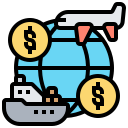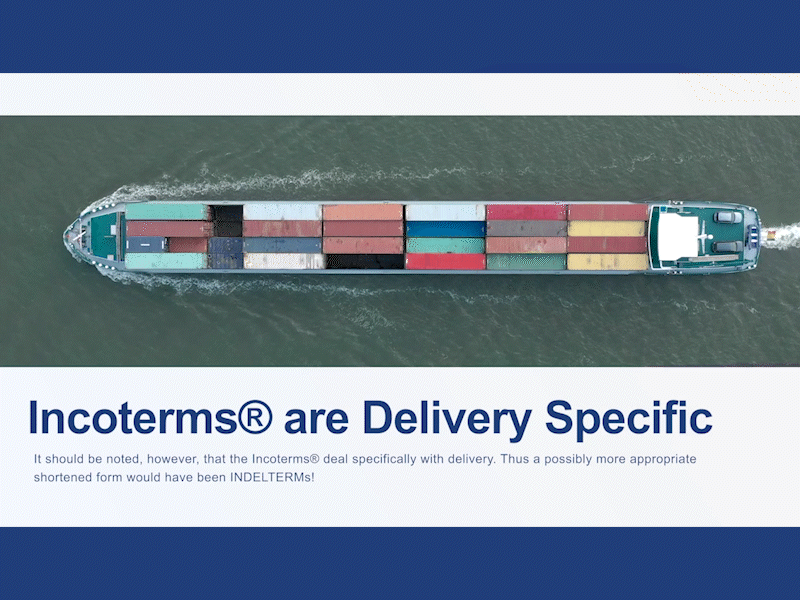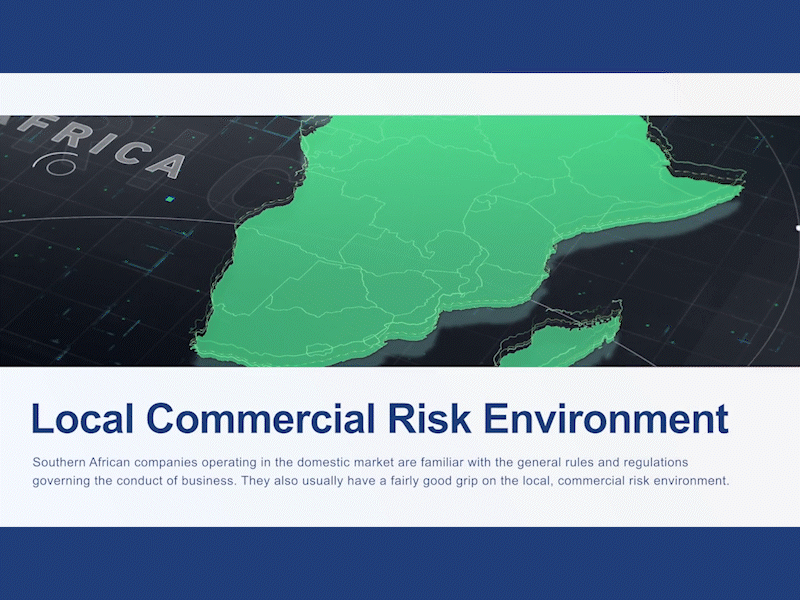International trade can be complex. Every country needs to find common ground for trade; however, the more countries that engage in trade, the more complex the whole process becomes for everyone involved. After the devastation of World War 11, a number of countries came together to resuscitate international trade which had come to an abrupt halt after the outbreak of war. They signed a multilateral trade agreement, known as the General Agreement of Trade and Tariffs (the GATT) which was intended to kick-start international trade in order to facilitate economic recovery worldwide. The main objective of the GATT was to universally reduce tariff barriers to trade. As the members of the multilateral GATT have grown in number, getting consensus on new universal trade concessions has become more and more difficult to achieve. Consequently, many countries have resorted to preferential trading arrangements with just a few select countries. The result has been a mushrooming of bilateral and regional trade agreements around the world while trading blocs have also become popular.

Why Trade Agreements Matter
Having briefly touched on the history of trade agreements, there are some important elements we need to highlight. Trade agreements reduce the level of complexity involved in international trade by reducing tariff barriers to trade. By agreeing to reciprocal tariff reductions, countries with different resources, goals and challenges have found it much easier to export and import amongst themselves. For example, Country A may be part of a regional trade agreement that allows its companies to sell most of its products duty-free to buyers in countries that are also party to the agreement. In return, the other parties confer the same preferential arrangement on Company A’s products. All parties benefit from increased trade because of the competitive advantage they enjoy over those countries whose products attract normal rates of duty. It is therefore important that you investigate all possible trade agreements, such as the UK – SACU-M Free Trade Agreement, to which your country may be a party.
Potential Export Pitfalls
It should be noted, however, that under many trade agreements, non-tariff barriers to trade still affect international trade transactions. This means that the exporters concerned, while privy to preferential or no import duties, must still prove that they have met quality and other required standards. It is therefore important that you investigate all regulatory and other non-governmental compliance requirements existing in each of your potential export markets, regardless of whether or not your country has entered into a trade agreement with them.

Understanding Free Trade – Getting Started
Knowing which trade agreements your country has negotiated is vital if you are looking to break into international trade. However, to benefit from the free trade that takes place between parties to a trade agreement, your products must meet each agreement’s specific rules of origin. These may pose some problems where you are importing a large proportion of your production inputs. That said, the benefits are considerable if your goods do meet the origin requirements as they will not be subject to the same degree of protectionism in the importing country as the goods of competitors which are not beneficiaries of the agreement. To simplify your export knowledge journey, Trade Forward Southern Africa, in collaboration with the International Trade Institute of Southern Africa (ITRISA), has developed a free and comprehensive online course covering many aspects of international trade. Click the link below to create your account and get started.
To sign up to the School of Export CLICK HERE.
If you already have a profile, CLICK HERE to login to begin the module.










Leave a Reply